Climate change is now a reality, with its most immediate effects causing serious production imbalances, often forcing growers to change course to avoid, for example, increased plant health problems, as in the case of tomatoes. In this case, ToBRFV (Tomato Brown Rugose Fruit Virus), ToFBV (Tomato Fruit Blotch Virus - Blunervirus solani), and others have unfortunately created production imbalances that many are reluctant to face.
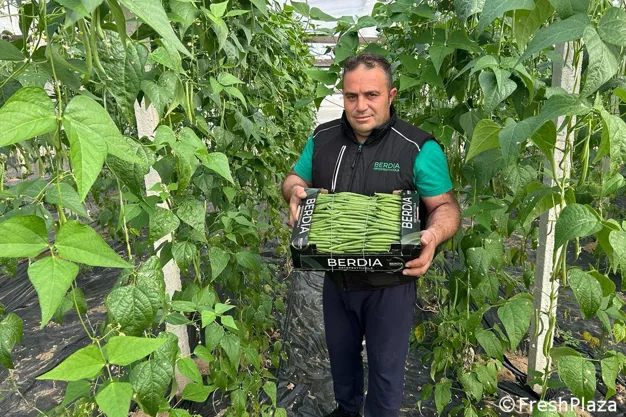 Joseph Licata
Joseph Licata
This is why Giuseppe Licata, owner of Ortofrutticola Berdia in Vittoria, decided three years ago to stop growing tomatoes and start growing climbing beans instead. He followed the technical advice of the agronomist Bruno Vacirca.
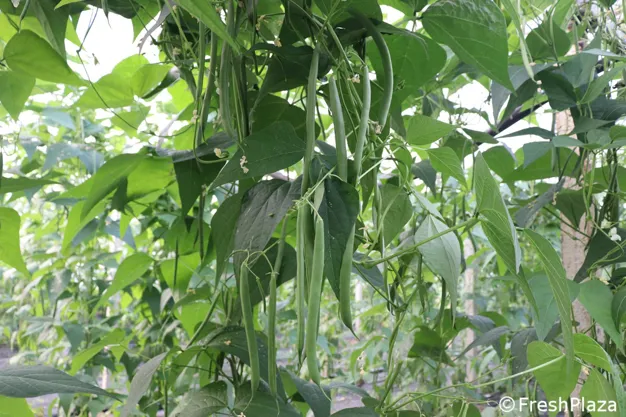 A climbing green bean in a greenhouse
A climbing green bean in a greenhouse
"The persistent production problems with tomatoes," says Licata, "led us to gradually stop growing them, and the facts have proven us right, as virus outbreaks have continued to increase, as well as the increasingly unpredictable weather. The cultivation of green beans also means that we do not have to have a large workforce, which is almost exclusively focused on the harvest, which has been reduced to one third."
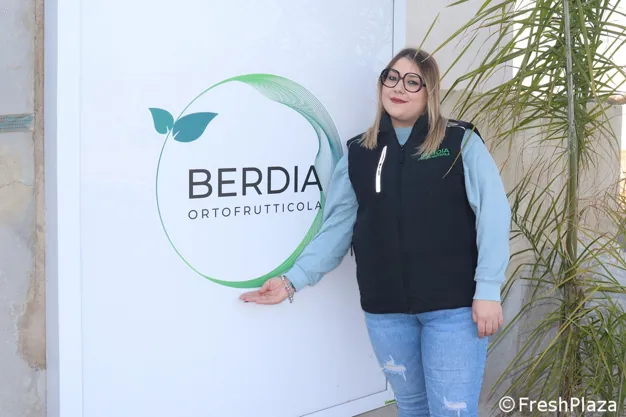 Sofia Licata, administrative manager at the farm
Sofia Licata, administrative manager at the farm
"On the plant," explains the interviewee, "the fruits are grouped in rich clusters of straight pods that are easy to harvest and arrange in boxes. The high yields and low operating costs allow a more efficient use of the greenhouse."
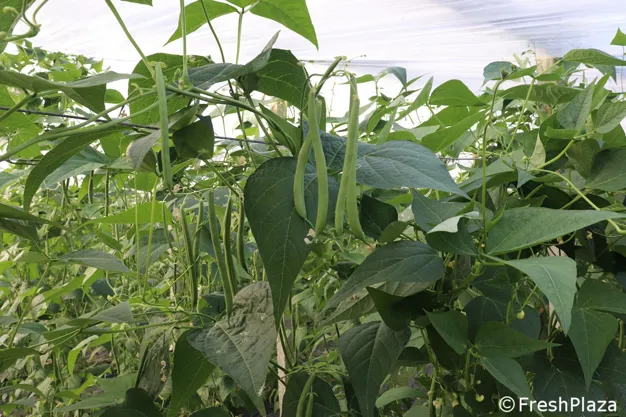 Climbing bean in the greenhouse
Climbing bean in the greenhouse
"New and better conditions," he continues, "have allowed us to gradually expand our areas from the original 5,000 square meters to the present 2.5 hectares, which will soon be practically twice as large. Our main distribution channel is through wholesale markets, mainly in northern Italy, but we are also in the process of entering the large-scale retail market. What sets us apart is our almost uninterrupted off-season production. We produce from October to July."
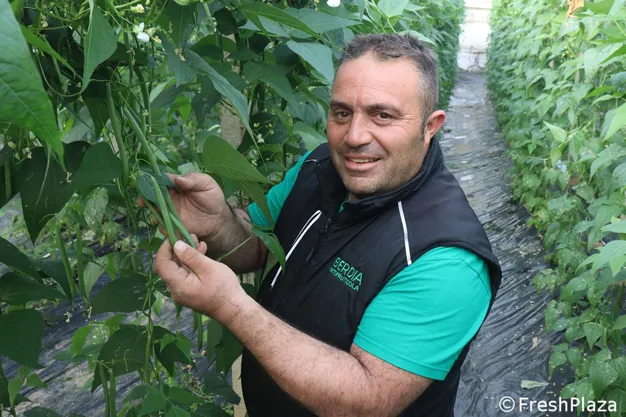 Giuseppe Licata proudly showing his climbing bean greenhouses
Giuseppe Licata proudly showing his climbing bean greenhouses
"Our continued presence at this time of year," concludes the expert, "is therefore an added value for the Italian and European supply chain. We've been harvesting since mid-February. In a few weeks the harvest will be well underway, as the days get longer and the daylight hours increase, and our goal is 2.5kg/sqm. Prices are satisfactory, at around 6€/kg at production."
For more information: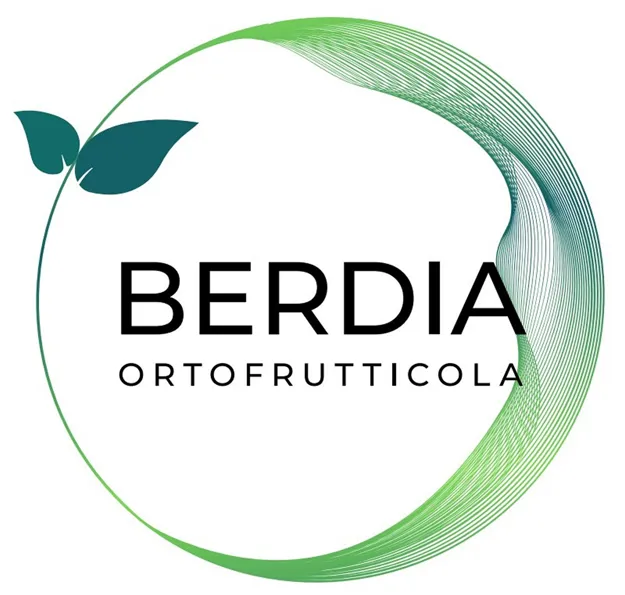
Giuseppe Licata
Berdia Ortofrutticola
C.da Berdia
97019 Vittoria (RG) – Italy
Tel.: +39 331 868 2020
E-mail: ortofrutticolaberdia@gmail.com
